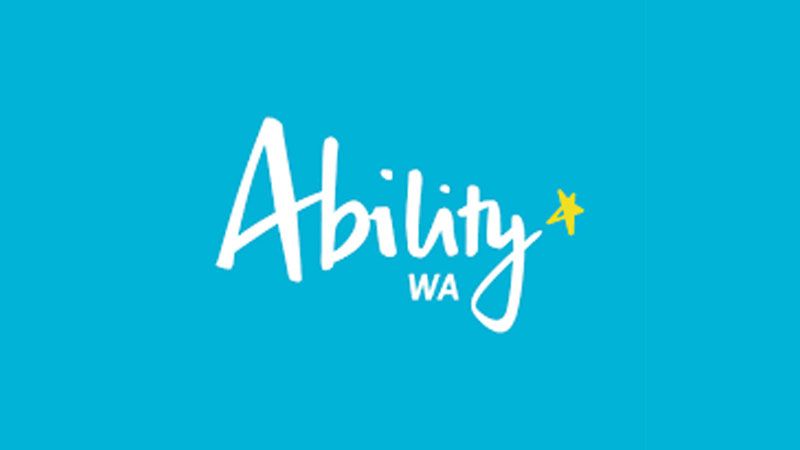Beyond the Daily Grind
How to Build a Team That Drives Your Business

When you're a business owner, or CEO the stakes are high. The highest. For owners its financial risk and for CEO's its repuational risk.
You're constantly battling "HR spotfires," feeling stuck in the day-to-day "weeds," and longing to focus on "big goals" and "work on the business, not in the business."
You want a team that thinks like you do – with an owner's mindset – so you can finally "get ahead," achieve "more freedom, more purpose, more time to live your life," and ultimately, "exit" with a valuable asset.
But how do you get your team to stop just "doing their jobs" and start truly driving growth? It's not about working harder; it's about getting them to think smarter and bigger.
It is possible.
I've worked with many teams to change their thinking and the results are phenonemal. I've seen it directly relate to more satisfied customers, faster organisational growth and more productivity and profitabilty.
So, where can you start? Here are 7 practical ways to elevate your team's strategic thinking, freeing you up to focus on what really matters:
1. Show Them the Finish Line: Emphasise the Big Picture
Are your employees just checking off tasks, or do they understand where the business is actually heading? Your team needs to see beyond their daily to-do list. Clearly communicate your company's vision – your "big goals."
Most importantly they need to know WIFM!! That's right what's in it for them. If the business grows, so do their opportunities, their skills and their salary! $$$
When they understand how their role directly contributes to the overall success and profitability, they'll naturally start thinking strategically about their work, reducing those "small stuff distracting us from the big stuff" frustrations.
2. Spark Their Inner Detective: Encourage Curious Questions
You want your team to solve problems, not just report them. The best way to do this is to get them asking "why?" and "what if?" Encourage a culture where it's okay to challenge assumptions and explore new ideas, even if they seem a bit out there at first.
Stop the water cooler whinge fest's and turn them into proactive problem solving.
Think of it like a brainstorming session for everyday challenges – the more questions they ask, the more innovative solutions they'll uncover, and the less you'll be putting out fires.
3. Break Down the Silos: Foster Cross-Team Collaboration
"People not working together effectively" is a major pain point. Your business isn't a collection of separate departments; it's a unified organism. Get your team members talking across different functions. Have your sales team spend a day with operations, or marketing with finance.
The aim is to give them a holistic view of the business, leading to more integrated solutions and
less friction, ultimately making your business more efficient.
Start with where you see friction points between departments OR find out where you're losing opportunities and money. For example, if sales and marketing aren't aligned I
guarantee this is costing you revenue, and a bucket load of it.
4. Learn from the Hits (and Misses): Encourage Reflection
Every project, every decision, every "HR spotfire" or "customer spotfire" holds valuable lessons. Instead of just moving on, make time for your team to reflect. What went well? What could have been better? What would we do differently next time?
This isn't about pointing fingers; it's about learning and continuous improvement. When your team actively reflects, they develop a sharper strategic eye, helping them avoid repeating past mistakes and "never getting ahead."
5. Equip Them to Solve, Not Just Identify: Develop Problem-Solving Skills
You want "high-level managers that think like business owners" and can "reduce HR issues." This means empowering them with the tools to solve problems, not just bring them to your desk. Provide practical training on how to break down complex issues and brainstorm multiple solutions.
Role-playing tricky scenarios can be incredibly effective. Warning: it'll raise some heartbeats at first but teams walk away so much more confident than if they come up against tricky scenarios and have to deal with it alone at the coal face.
The more your team can effectively tackle challenges, the less you'll be "hanging on too tightly to the reins."
6. Walk the Talk: Lead by Strategic Example
Your team will emulate what you do. If you're constantly demonstrating strategic thinking in your decisions, discussing the "next inflection point for success," and involving them in the "big stuff," they'll follow suit. Share your thought process, explain why you make certain choices.
When they see strategic thinking in action, it becomes less of an abstract concept and more of a practical skill they can apply to their own roles, helping you "focus on scale, growth, and most importantly profitability."
7. Invest in Their Brains (Through Doing): Continuous Learning
While formal training has its place, the most impactful learning happens through doing.
At Liv By Design, I believe in tailoring learning experiences directly to the work that needs to be done for your business to succeed.
It's not about generic courses; it's about developing the capabilities of your team in a way that is relevant to your business, their roles, and your plans for strategic growth.
This is your
ultimate success plan – driving team capability that directly translates into "more business growth" and helps you "free up your most valuable asset: your time."
Stop feeling like you do everything for your team and start building a self-sufficient, strategically-minded powerhouse.
It's time to "shift from reactive problem solving to proactive growth" and get your team thinking bigger, so you can finally achieve the freedom and profitability you deserve.
If any of this resonates, let me know!
Cheers,
Liv









